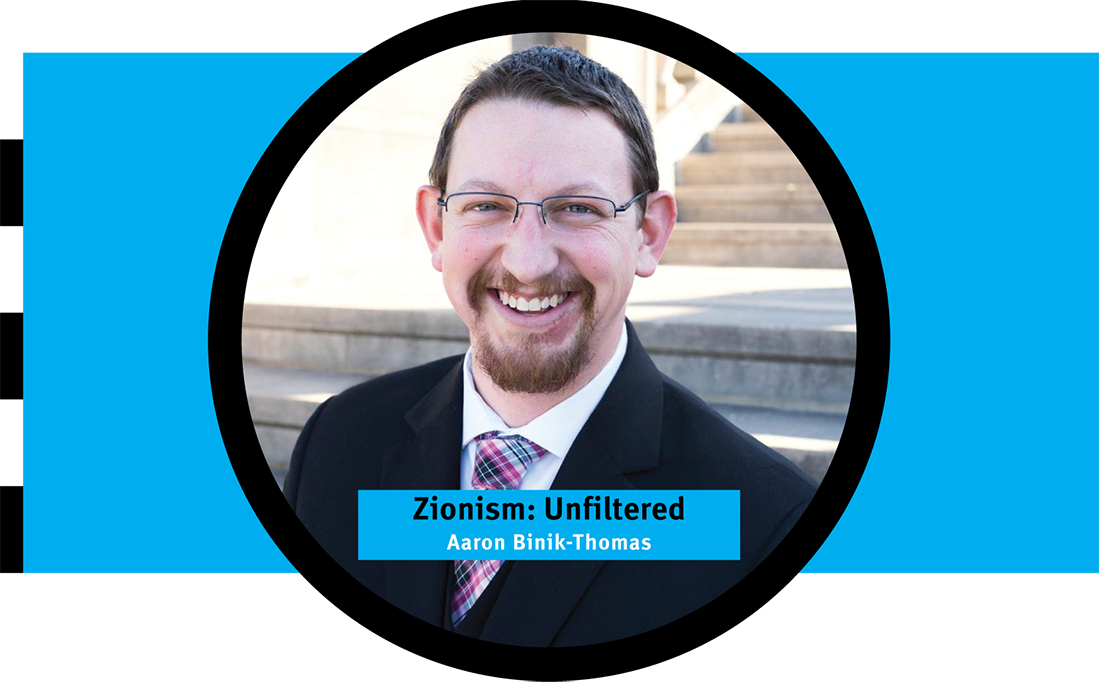Efrat, Israel — And Moses assembled [vayak-hel] all of the congregation of the children of Israel and said unto them: …Six days shall work be done, but the seventh day shall be for you, a day of complete rest for the Lord. (Exodus 35:1–2)
The portion of Vayak-hel opens with the command to keep the Sabbath. This raises once again that fundamental question of the very strange order of the last five portions of the book of Exodus, Sanctuary — Sabbath — golden calf — Sabbath — Sanctuary.
Thus the Torah commands us first to create a Sanctuary, to establish a center of the sacred, which is after all the purpose and ideal of a kingdom of priests and a holy nation. But the sacred can easily be profaned — as history in modern life can testify — with holy wars, Iranian Khomeini-ism and fanatical stone-throwing and book burning. Hence, in the middle of the construction of the Sanctuary (the first two portions, Teruma and Tetzaveh, are dedicated to the Sanctuary) comes the travesty of the golden calf (the portion of Ki Tissa), which serves as an eloquent warning to subsequent generations not to pervert, or idolify, the holy. It then becomes perfectly logical, or rather psychological, to now return and conclude with the positive message of the Sanctuary as the Torah does in its two concluding portions of Vayak-hel and Pekudei. And the Sabbath is the beacon of light which teaches the essence of Judaism, preventing its perversion into a golden calf of idolatry.
The Sabbath is the most central pillar of our faith. It is no accident that the very first law which was given to the Israelites after the splitting of the Reed Sea — before the revelation at Sinai — was the Sabbath (Ex. 15:25; Rashi ad loc. citing Sanhedrin 56b), and the first law explained to a would-be convert (Jew by choice) is likewise the Sabbath (Yevamot 47). In all of my experience in attempting to expose Jews who have wandered far afield from their faith to the glories of their Jewish heritage, I have found that there is no more powerful introduction to returning to Judaism than the Sabbath experience.
And how does the Sabbath accomplish this? Certainly the delightful glow of the Sabbath candles, the warmth of the Kiddush wine, the familial and congenial togetherness of delectable Sabbath meals replete with angels of peace, praises to women, blessings of children, songs of holiness and words of Torah, all contribute to the creation of a special and unique day dedicated to physical relaxation, spiritual creativity and existential well-being.
But the Sabbath is more than that. It contains the essence of the Jewish ideal, the purpose for which we were chosen by G_d, and the mission which has the power to unite all of us in the pursuit of a common historic goal (vayak-hel). The “oasis in time” evokes the three most seminal moments in Jewish history, three moments of past and future that more than any others serve to define our Jewish present. A description of these moments are to be found in each of three main Amidot (standing prayers) which are recited by observant Jews every Sabbath. On Friday evening we evoke and re-experience the creation of the world (“And G_d completed the heavens and the earth and all their hosts…”), on Sabbath morning we evoke and re-experience the revelation of the law at Sinai (“Moses rejoiced with the gift of his portion…the two tablets of stone he brought down in his hands”), and on Sabbath afternoon we evoke and attempt to experience the redemption (“You are One and Your Name is One” — and the prophet Zekhariah teaches that only “…. on that day [of Messianic redemption and universal peace] will G_d be One and will His name be One”). Creation, revelation and redemption are the three pillars which form the bedrock of the Jewish message and mission.
Creation reminds us that there is one omnipotent creator, and the entire world consists of His limited, but still exalted, creatures created in His image: This serves to unite all individuals in a bond of inescapable unity. The very fact that we share the same Parent in Heaven means that we are all of us siblings on earth: whites and blacks, Israelis and Palestinians. The corollary of G_d the Creator is G_d the Redeemer, G_d who will not allow any of His children to be enslaved by any of His other children. Hence the two versions of the Decalogue as well as the Kiddush prayer define the Sabbath as both a memorial to creation as well as a memorial to the Exodus from Egypt. And the Sabbath remains an eternal reminder that any expression of the sacred which does not include sensitivity to every human being and respect for the freedom and integrity of each of G_d’s children can only lead to the perversion of the golden calf idolatry.
Revelation reminds us that there can be no freedom without structure, no respect for self without taking into account the needs of others, no love without law. The Torah remains our G_d-given blueprint for the kind of meaningful and sacred lives which lead to more perfect families and societies. In this sense, Judaism is a revolutionary concept, an idea and lifestyle which will not rest until human nature is perfected and the world is redeemed. Thus the final Sabbath Amida evokes that longed-for period when the world will be redeemed as a result of the Torah, which has the power and the purpose to perfect the universe under the kingship of G_d, in effect to revolutionize society.
The genius of Judaism lies in its ability to maintain the future ideal as an ever-present reality of our daily lives. In this way we can never forget what we are striving to accomplish, nor can we allow ourselves to become cynically disillusioned as to the possibility of our attaining it. Hence each workaday week of frustration and sadness is climaxed by a Sabbath — a taste of the World to Come, a glimpse into the longed-for period of peace and harmony. Each Sabbath reminds us of the pure taste of the Sanctuary, and prevents us from descending into the depths of golden-calf materialism and idolatry.
Shabbat Shalom
Rabbi Shlomo Riskin
Founder & Rosh Yeshiva,
Ohr Torah Stone
Founding Rabbi of Efrat





